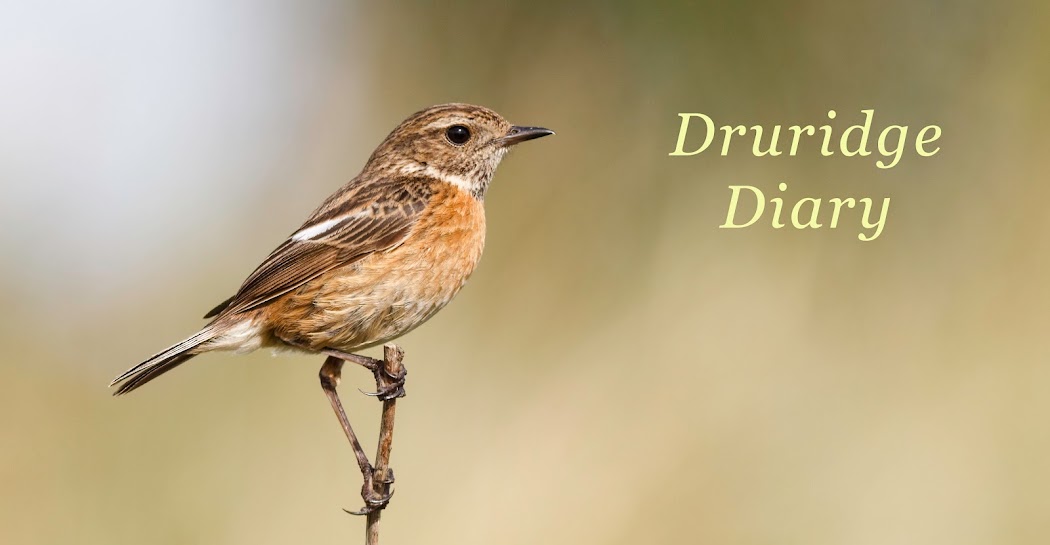I spent the afternoon checking barn owl boxes nearby (they seem do be doing well by the way) and waited until after five o'clock to head for the patch.
When I arrived, I feared the worse. Cars parked in places I've never seen cars parked before between Cresswell and Druridge and at the entrance to the reserves, they weren't parked, they were abandoned. The folk who live at Druridge obviously fed up and had taken matters into their own hands with barrier tape and cones - who can blame them?
Once you got 200m beyond the entrance, not even as far as the Budge screen, the cars thinned out and beyond the blockhouse, hardly any. My theory is this;
the people we are seeing on the coast right now are not our usual visitors. These people have never been here before, they usually spend Saturday or Sunday in the pub or at the Metro Centre. They don't know there is another kilometre of roadside parking beyond the entrance so take just abandon their car wherever they can. They also presume, that it's okay to stack their rubbish (which they've taken the time to bag-up and carry as far as their car) by the already full bin because obviously someone from the council will be along soon to clear it away like they do on Northumberland Street in Newcastle.
 |
| Why bins in rural areas don't work |
Rant over.
I wandered the bushes and through the dunes checking any likely shrike bushes or rosefinch without joy. The Budge fields were literally drying up before my eyes.
 |
| The budge fields drying up before my eyes |
From the end of one of net-rides, I looked out over the Budge fields, the light was crap, into the evening sunshine when a grey heron, oblivious to me, came in to land just beyond the fence. I fired a few shots off and I am pretty pleased with the result - not technically brilliant but I like the atmosphere of it. (And I love the out-of-focus lapwing behind it)
 |
| Coming in to land |
I found plenty of meadow pipits and reed buntings in the dunes - I think the lock-down was good for them - shame it didn't last. A coupe of pairs of whitethroats and stonechats were also active.
 |
| Reed Bunting with hungry mouths to feed |
 |
| One of two singing male stonechats |
The weather looks to change next week which hopefully might bring about a change in human and avian visitors to the patch?












